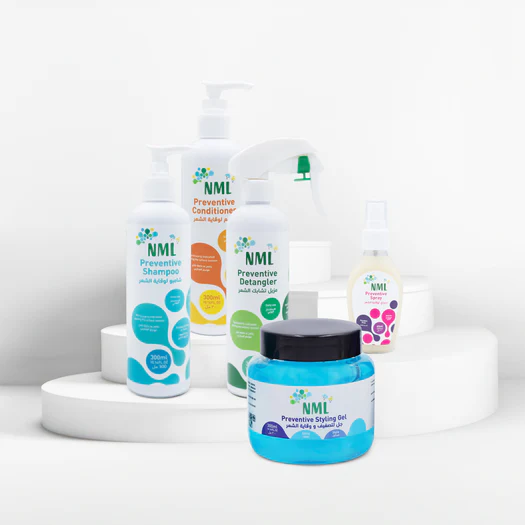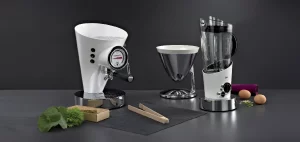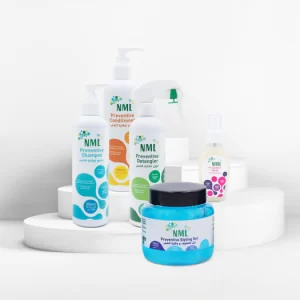Do Hair Lice Shampoos Really Work?

Hair lice infestations are a common nuisance, especially among school-aged children, prompting many to seek out hair lice shampoos as a solution. While these shampoos can be effective in eliminating lice, it’s essential to understand their limitations to manage expectations and ensure successful treatment.
Efficacy against lice:
Anti lice shampoo typically contain active ingredients such as pyrethrin, permethrin, or natural substances like tea tree oil, known for their insecticidal properties. When used as directed, these shampoos can effectively kill adult lice and nymphs, reducing the infestation’s severity. However, their efficacy in eradicating nits (lice eggs) may vary, requiring additional measures such as manual removal with a fine-toothed comb.
Resistance development:
One of the major limitations of hair lice shampoos is the strength for lice to develop resistance to the active ingredients over time. Reports of treatment-resistant lice have increased in recent years, particularly with the widespread use of pyrethroid-based shampoos. Resistance can render these shampoos ineffective, necessitating alternative treatment approaches or formulations.
Necessity of repeat applications:
Hair lice shampoos often require repeat applications to ensure thorough elimination of lice and nits. This is because some shampoos may not kill newly hatched nymphs or may not penetrate the protective shell of unhatched eggs. Multiple applications spaced several days apart may be necessary to target lice at different stages of the life cycle and prevent reinfestation.
Side effects and safety concerns:
While generally considered safe when used as directed, hair lice shampoos may cause side effects such as scalp irritation, dryness, or allergic reactions in some individuals. It’s essential to read the product label carefully and follow instructions for use to minimize the risk of adverse effects. Individuals with sensitive skin or allergies should consult a healthcare professional before using lice shampoos.
Incomplete removal of nits:
Even with repeated applications of lice shampoo, complete removal of nits from the hair shafts may be challenging. Nits are firmly attached to the hair and may require manual removal with a fine-toothed comb to ensure thorough eradication. Failure to remove nits completely can lead to reinfestation and prolonged infestation duration.
Hair lice shampoos can be effective in treating lice infestations, but they have limitations that users should be aware of. Understanding these limitations, such as resistance development, the necessity of repeat applications, side effects, and the importance of manual nit removal, is essential for successful treatment.



